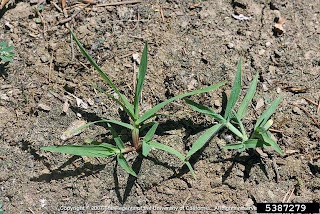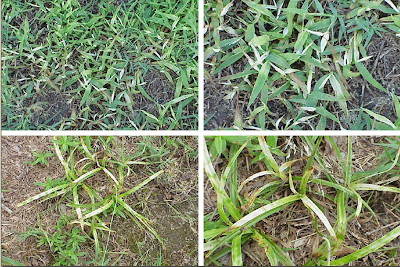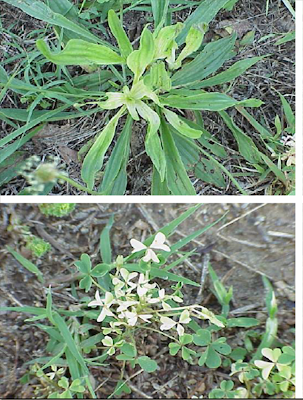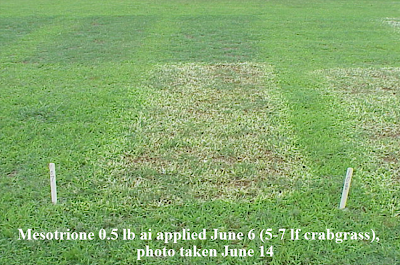
Crabgrass seedlings. Photo provided by: Joseph M. DiTomaso, University of California – Davis, Bugwood.org.
Tag Archives: crabgrass
Weed Hotline Issue 14
What’s Hot HL Issue 9
Crabgrass. Photo by: Gordon Johnson, Extension Agent, Agriculture and Commercial Horticulture, University of Delaware, Kent County.
Dunce cap stage of bagworms. Bag is held upright by early instar bagworms and is called the ‘dunce cap’ stage. Photo by: Brian Kunkel, Ornamentals IPM Specialist, University of Delaware.
Calico scales. Photo by: Raymond Gill, California Department of Food and Agriculture, Bugwood.org.
Weed Hotline Issue 26
All photos from the presentation “Mesotrione for Weed Control in Warm- and Cool-Season Turf” by Travis W. Gannon, Fred H Yelverton, and Leon S. Warren, North Carolina State University, Department of Crop Science. To view the full presentation go to http://www.turffiles.ncsu.edu/extension/presentations/2006/Mesotrione_WeedControl.pdf
Weed Hotline Issue 19




